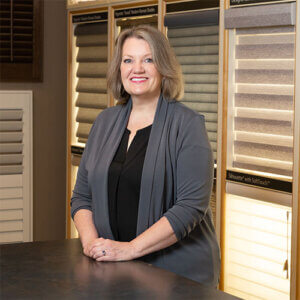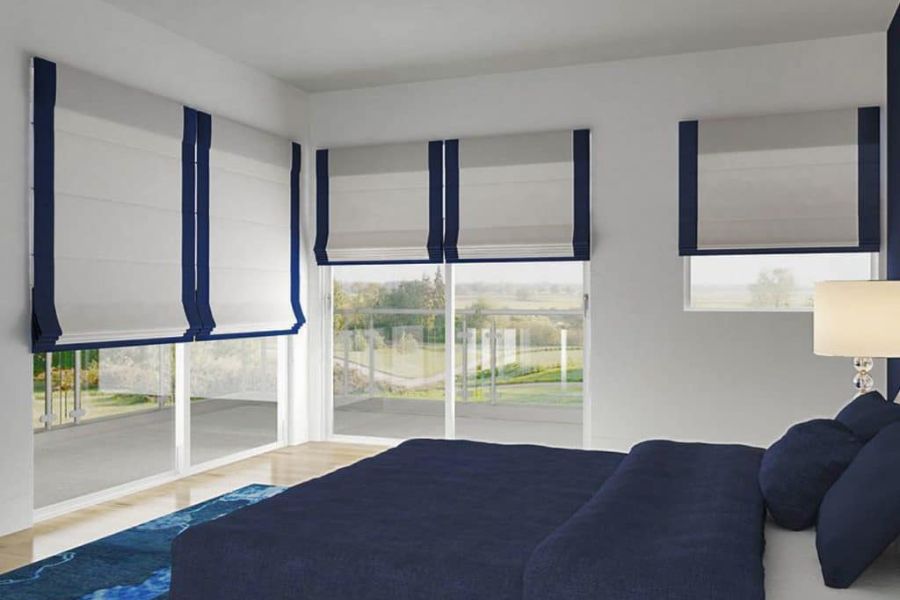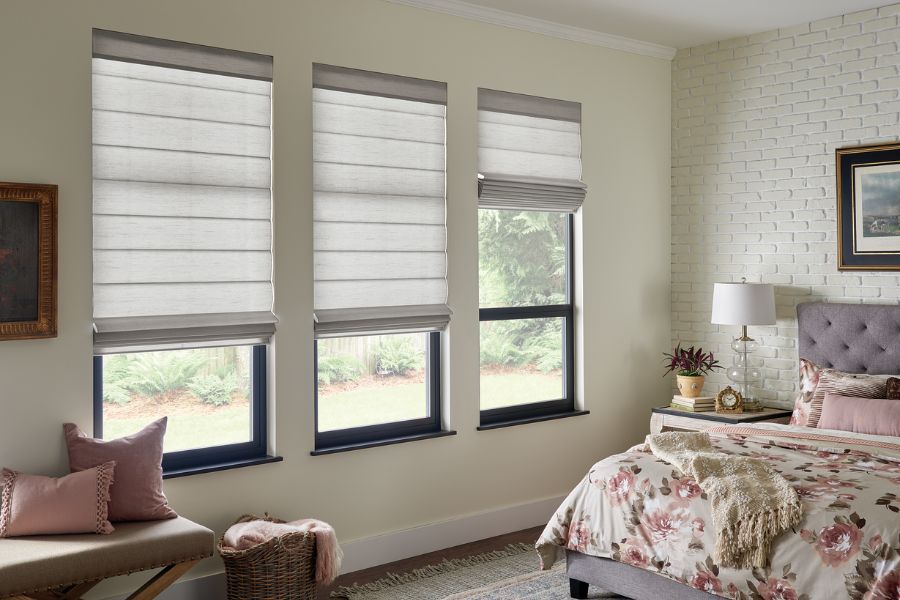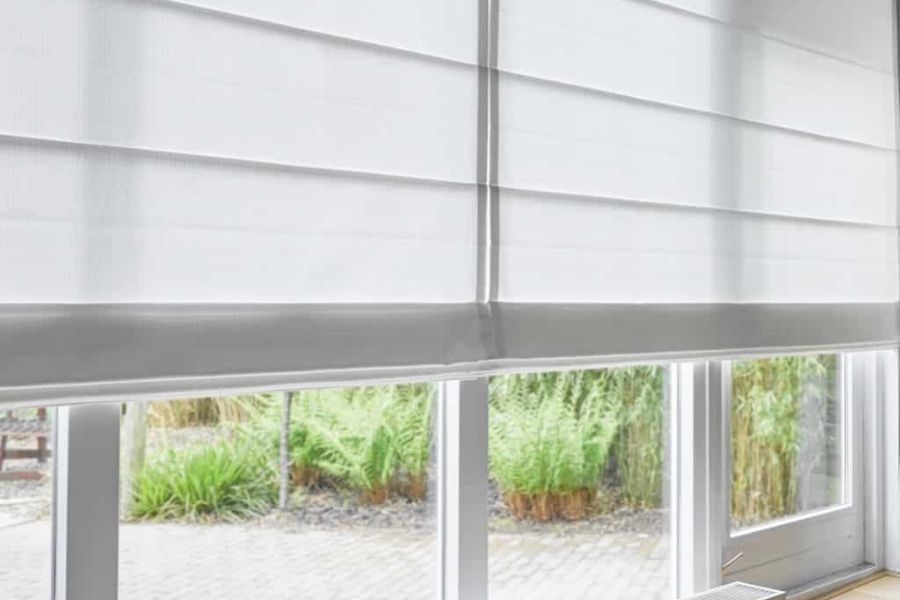What Are Exterior Solar Shades?
Exterior solar shades, also called outdoor solar shades or exterior sun shades, are specially designed window treatments that are installed outside your windows or doors to block sunlight before it enters your home. Unlike interior window treatments like blinds or curtains, exterior solar shades mount to the exterior of your house and work to reflect sunlight away from the glass.
Some common types of outdoor solar shade options include:
- Exterior roller shades – Roll-down fabric shades mounted above windows or doors
- Solar screens – Mesh screening or perforated solar fabric
- Outdoor awnings – Fixed or retractable shading structures over windows
- Exterior shutters – Operable panels that can close over window openings
Solar shade canopy systems – Larger shade structures for covering patios and outdoor living spaces

How Do They Work?
Exterior solar shades are designed with materials that effectively block UV rays while still allowing you to see out. Many feature sun-blocking fabric made of vinyl, acrylic, polyester, or PVC that is perforated to let in filtered light and airflow. The porous construction blocks heat and glare while preserving your views.
Others feature aluminum or fiberglass screens with an open weave that keeps sunlight from directly entering windows. The exterior shades absorb and reflect solar radiation outward, stopping a significant amount of heat from ever reaching your windows.
This allows exterior shades to reduce heat gain, glare, and UV damage far better than interior window treatments alone. Exterior solar shades have the capability to lower indoor temperatures by up to 20 degrees Fahrenheit, according to studies. They also reduce air conditioning costs by blocking solar heat before it enters your home, making a cooler environment.
Best Uses for Exterior Solar Shades
There are many excellent uses for outdoor solar shades, including:
- Covering large windows – The larger the glass surface, the more solar heat gain occurs. Exterior shades are ideal for large picture windows.
- Covering skylights and sunrooms – These spaces have roofs and ceilings made of glass, making interior window treatments ineffective. Exterior shades are a must.
- Shading decks and patios – Mount patio shade structures or solar awnings to make decks and patios more comfortable during sunny days.
- Protecting outdoor furniture – Use exterior shades to shield outdoor seating areas from UV damage.
- Covering glass entry or garage doors – East or west facing exterior doors get intense morning or afternoon sun. Solar shades aid in temperature regulation and glare reduction.
- Reducing air conditioning costs – By blocking heat before it enters your home, studies show exterior shades can reduce AC energy costs by up to 25%.
- Diffusing sunlight in living spaces – Fabric solar shades soften harsh direct sun while still allowing natural light into your home.
- Guarding window treatments – Exterior shades protect interior blinds, curtains and furnishings from sun damage.
- Increasing privacy – With exterior shades drawn, your home windows are obscured from outside views.
Material Options for Exterior Solar Shades
There are several material options when selecting outdoor solar shades, all with different uses and sunlight-blocking intensities:
- Vinyl – Most affordable and effective at blocking heat/glare. Available in solid colors or perforated for filtered light.
- Acrylic – More aesthetic fabric option that still provides good UV protection.
- Polyester – Lightweight and water/mildew resistant. Works for retractable awnings.
- Aluminum – Durable and withstands weather. Allows airflow as exterior screen material.
- Fiberglass – Does not corrode or conduct heat. Fiberglass shade screens maintain views.
- PVC – Low maintenance and weather resistant. PVC makes good solar mesh fabric.
FAQs About Exterior Solar Shades
Professional installation is recommended, as exterior shades require mounting hardware secured to the outside of your house. Your installer will determine the optimal placement.
Different types of shade options cater to different needs. Fabric roller shades provide the most light blocking. Screens maintain views while filtering sunlight. Awnings can cover larger areas and provide weather protection.
The main difference lies in how you operate and control the shades:
Continuous loop lift uses a looped bead chain, cord, or rope that you manually pull to raise and lower the shades. This allows you to stop the shades at any position you want. It’s a simple, affordable system, though it requires physically adjusting the loop manually each time.
Motorized lift, on the other hand, uses electric motors to raise and lower the shades. This enables remote control operation from a wall switch, remote, or even automated smart home controls. Motorized shades can be preset to specific positions and often grouped together for centralized control. The tradeoff is the increased cost over a manual loop system.
Add a Layer of Protection from UV Rays to Your Safe Space
Unlike window tinting which can discolor views, solar shades allow you to control light, glare, and heat without permanently altering your windows. Shades also last longer than window film.
While interior window treatments certainly help control heat and glare, properly installed exterior solar shades provide superior protection. Areas plagued by extreme solar heat can definitely gain from installing exterior solar shades!
Interested in knowing more about exterior solar shades and how they can fit your home? Contact Creative Windows of Ann Arbor, MI today and see how seasoned experts help you add a layer of protection to your own safe space.




